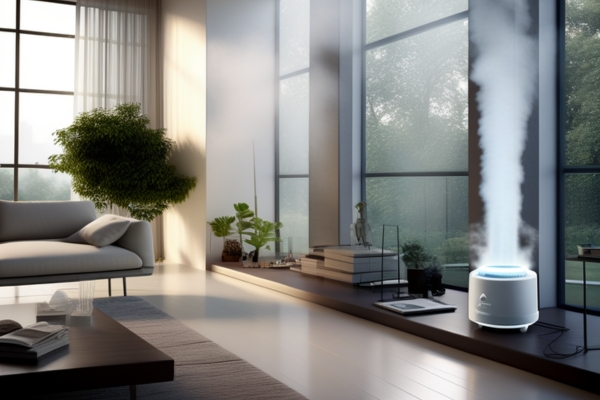Do Air Purifiers Use a Lot of Electricity?
In our quest for cleaner, healthier air, air purifiers have become increasingly popular household appliances. But along with their undeniable benefits comes a natural concern: how much electricity do they use? And does their impact on your wallet outweigh their contributions to your well-being?
Fret not, air-conscious friend! This article dives deep into the world of air purifier energy consumption, empowering you to make informed choices for your budget and the environment.
Unveiling the Energy Equation: Watts, Kilowatts, and Your Bill
First, let’s understand the language of electricity consumption. Air purifiers are rated in watts (W), representing their power draw at any given moment. This information is usually found on the product label or manual. However, for billing purposes, we use kilowatt-hours (kWh), which measure energy used over time. To convert watts to kWh, simply divide by 1000 and multiply by the number of hours the purifier runs.
For example, a 25W air purifier running continuously for 24 hours consumes 25 x 24 / 1000 = 0.6 kWh. Multiply this by your local electricity rate (usually found on your bill) to estimate the running cost.
Factors Affecting Power Consumption: Size Matters, But So Does Speed
Now, the good news: air purifiers generally use very little electricity compared to other appliances. However, several factors influence their consumption:
- Size and Coverage: Larger air purifiers meant for bigger rooms naturally draw more power. Choose a unit appropriate for your space to avoid unnecessary watts.
- Fan Speed: Higher fan speeds create stronger airflow, effectively cleaning larger areas but also demanding more energy. Consider using lower speeds when feasible.
- Filter Type: HEPA filters, while highly effective, require more power to push air through compared to simpler pre-filters. Choose the right filter based on your air quality needs.
- Additional Features: Some purifiers boast UV lights, ionizers, or aroma diffusers, all adding to their energy consumption. Evaluate their usefulness before opting for them.
Energy-Saving Tips: Breathe Easy Without Breaking the Bank
Even with these factors at play, there are ways to minimize your air purifier’s energy footprint:
- Run Strategically: Use the purifier only when needed, like during allergy seasons or periods of high pollution. Consider timers or smart features for automated control.
- Clean Filters Regularly: Clogged filters restrict airflow, forcing the fan to work harder. Regular cleaning extends filter life and reduces energy use.
- Invest in Energy-Efficient Models: Look for ENERGY STAR® certified air purifiers, designed to meet strict energy-saving standards.
- Utilize Natural Ventilation: Whenever possible, open windows and doors for fresh air exchange, reducing reliance on the purifier.
Beyond Watts: The Value of Clean Air
Remember, while energy consumption is important, consider the value clean air brings:
- Improved Health: Air purifiers can reduce allergens, pollutants, and even viruses, potentially leading to fewer allergy symptoms, better sleep, and even a strengthened immune system.
- Enhanced Comfort: Cleaner air can feel fresher and more pleasant, creating a more enjoyable living environment.
- Peace of Mind: Knowing you’re actively improving your indoor air quality can bring a sense of well-being and control.
The Verdict: Weighing the Costs and Benefits
Ultimately, the decision of whether an air purifier’s energy consumption outweighs its benefits is personal. By understanding the factors involved and employing energy-saving practices, you can find a balance that suits your needs and budget.
Remember, clean air is an investment in your health and well-being, and air purifiers can be a valuable tool in achieving that goal, responsibly.


